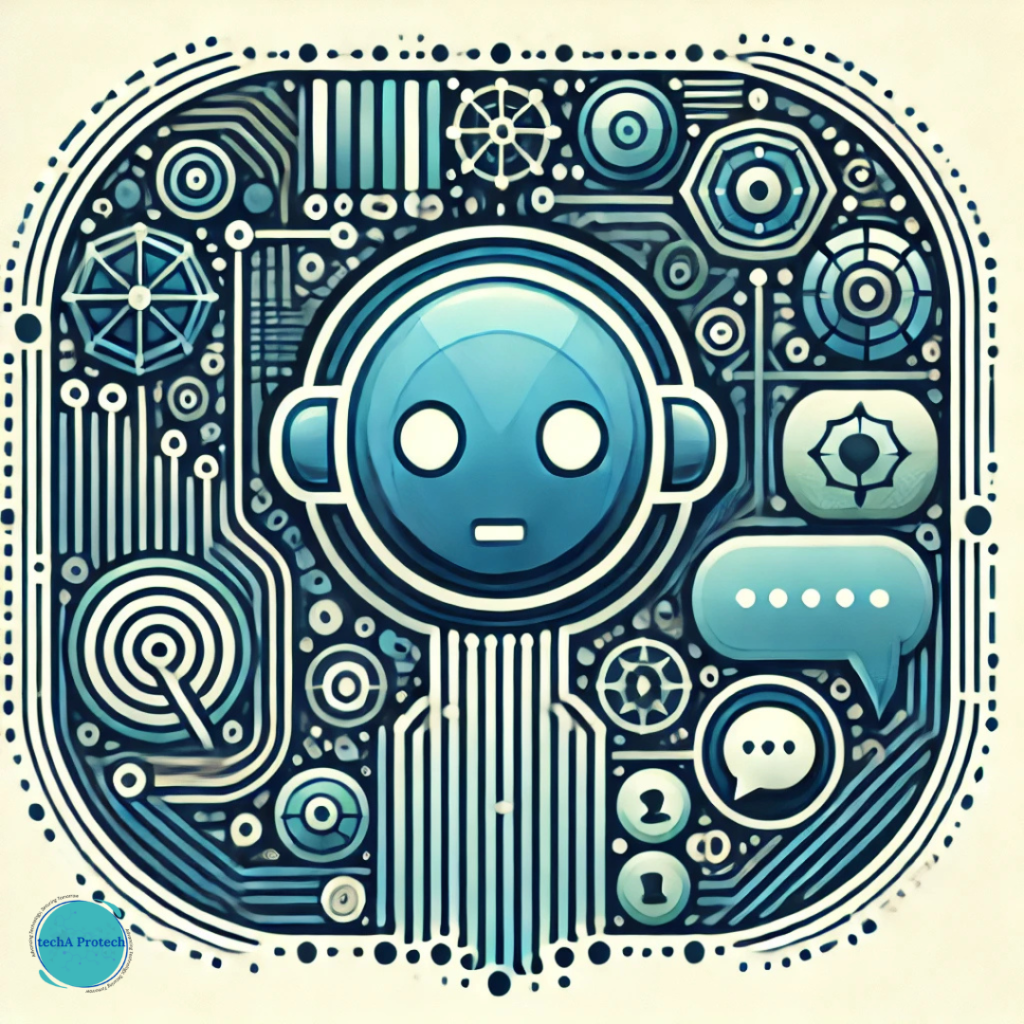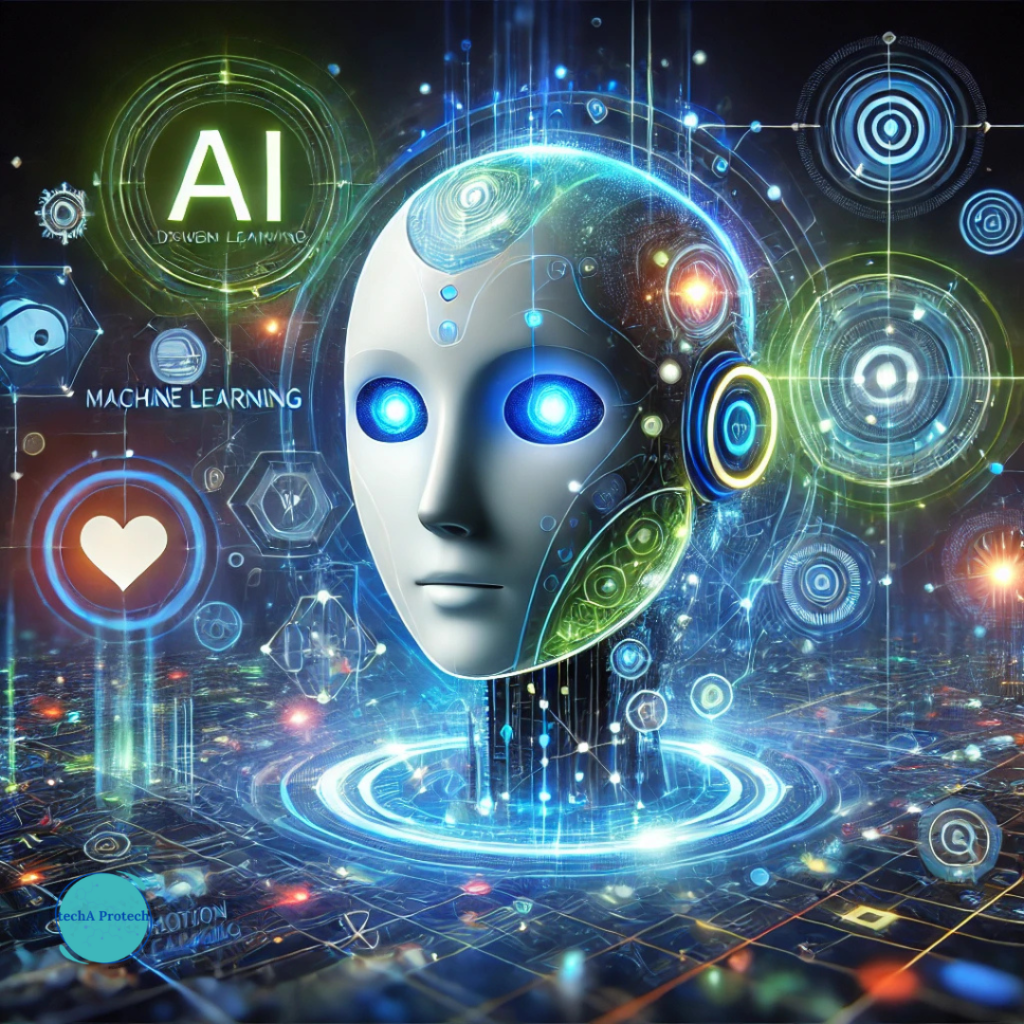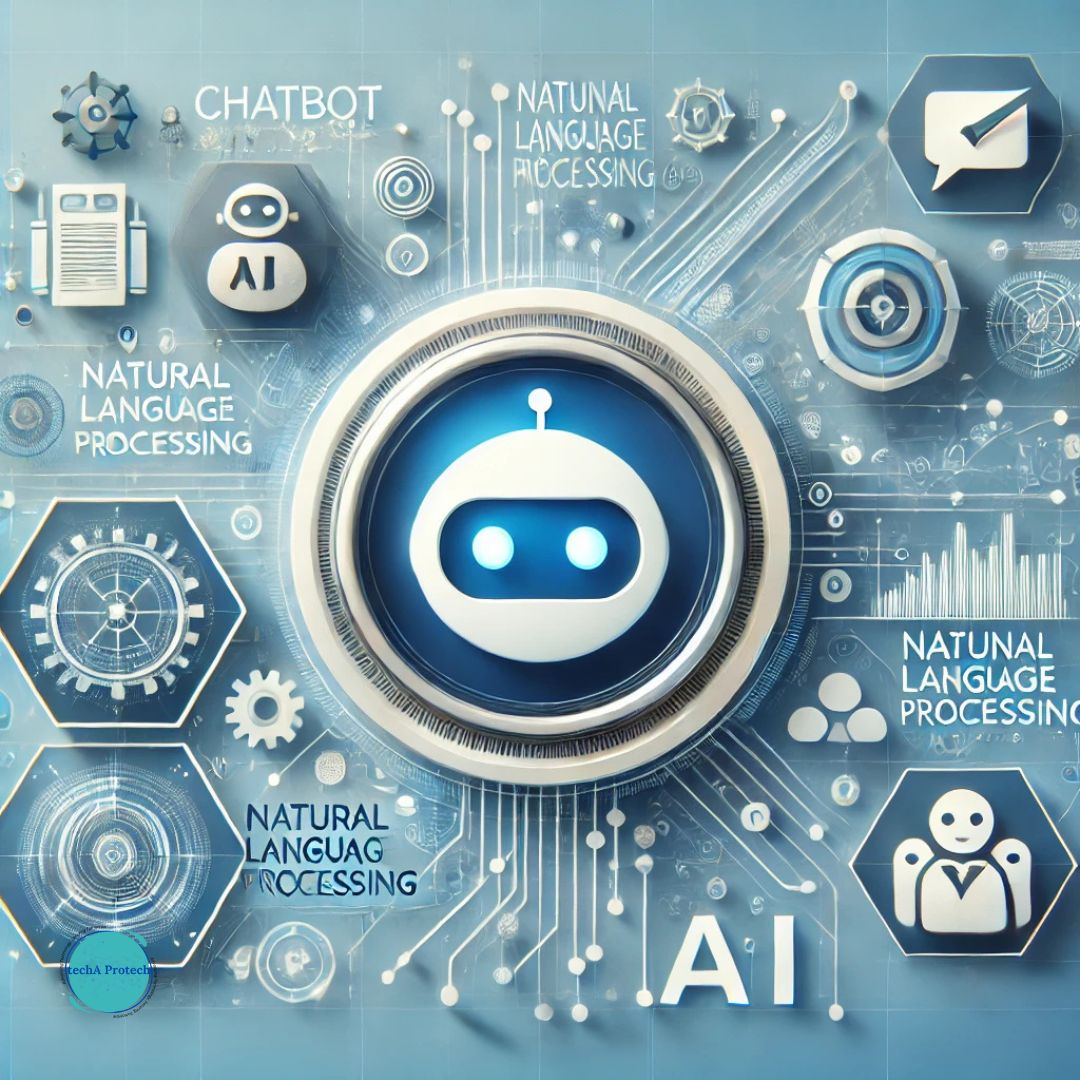Chatbots have become an incredible tool which changed the way how companies interact with user. The way they dealing with customers and even how their internal processes look like. With these latest trends in artificial intelligence, natural language processing, and machine learning today’s chatbots are smarter. They are more adaptive to perform variety of tasks than than the earlier ones. In the following article, we are going to discuss further one of the most exciting aspects of chatbot key tech, such as how these systems work learning from the interlocutors and becoming essential tools for present digital environments.
1. Natural Language Processing and Its Importance
NLP (Natural Language Processing) is the driver of chatbot systems since it allows such systems to recognize and process the human language. NLP is a sub-discipline of Artificial Intelligence. It focuses on the social practice of using linguistic, computer science, and statistical models. This is to understand language from a human point of view. During a conversational process between a user and chatbot, NL algorithms are used to analyze and segment text into parts. The system will also analyze and give a proper response.
Tokenization and Parsing: NLP begins with segmenting the sentence into words or “tokens” and the chatbot can decipher for use. Parsing carries it a step further by analyzing grammar and structure in order for the system to ‘see’ the relationship between words and get meaning out of sentence.
Named Entity Recognition (NER): NER enables the chatbots to tag informative data such as, name, date, place and some other specific details. This is particularly useful in customer service chatbots, where it helpful to identify any name, product code or something similar.
Sentiment Analysis: Emotion detection makes it possible for chatbots to determine the attitude that a user has towards an issue to be discussed, allowing an appropriate attitude to be adopted. For example, if a user typed angry words, a chatbot can simply apologize. It also pass the message to a human agent if required.
2. Machine Learning and Deep Learning of Chatbot Key Tech
One must also understand that these sophisticated chatbots possess features of Machine learning (ML) and deep learning (DL). By the use of ML, the chatbots can establish habits, understand the intent of the user and even change the response according to previous experiences.
Supervised and Unsupervised Learning: In supervised learning, the chatterbot learns from question-answer sets of the corpus from which it operates. This way over time the chatbot is able to see a pattern of what users are likely to ask and what response best fits the question. On the other hand, unsupervised learning allows the chatbot to study interactions without specific, pre-assigned data. It picks appendences and questions users commonly ask based on the data acquired independently.
Neural Networks and Transformer Models: With the help of deep learning, like neural networks, the modern and complex chatbots can process massive text data to create context. New chatbot features include, OpenAI’s GPT (Generative Pre-trained Transformer). It has offered more flexible conversations than its predecessor and also enables the retention of contextual information. These are to emphasize specific aspects of input, so chatbots ‘remember’ or can recall prior conversation. It deliver responses that make sense in the chain of dialogue.
3. Intent Recognition and Entity Extraction: Decoding User Queries
In order for a chatbot to provide a result, it has to comprehend not only an intent (the goal the user has), but also entities (parts of the query).
Intent Recognition: By means of intent recognition, a chatbot can identify the specific purpose of the user’s message, whether it is an information request, a complaint, or a purchasing offer. Intent recognition is one of the basic calendar chatbot capabilities. Since it allows controlling the conversation flow and lead the user to the right solution.
Entity Extraction: Once a chatbot has detected an overall intention from a user’s query, entity extraction procedure determines some specifics in the query. For, example, in the request like “What’s the weather in Paris tomorrow?” the intent is to check the weather and the entities are “Paris and “tomorrow”. Thus, isolating these details, the chatbot can call information from the linked database or API and give an exact answer.
4. Contextual Memory and Conversational Flow: Enhancing Interaction Quality of Chatbot Key Tech

Current sophisticated chatbots utilize contextual memory to allow information flow from the prior discussions to make conversation more natural just like human interaction. Context Memory is very important for applications like customer service support. It is helpful for the bot to ‘recall’ information. It was said previously during the conversation.
Short-Term Memory: In limited conversations, WSM enables chatbots to temporarily save previous user inputs within the same conversation. Such an approach is very helpful in chain actions, such as placing an order or dealing with some problems concerning a product.
Long-Term Memory: In considerably sophisticated systems, they ensure that the chatbot has sundry state memory where a user’s preferences, for instance, or repeated requests to the chatbot are stored. This can give over-time more personal experiences since the bot “recognizes” the same user after interacting with him/ her severally.
Managing Conversational Flow: Chatbots utilize conversational flow algorithms to regulate interactions while ensuring that they seem normal. Such approaches as the reinforcement learning enables chatbots to make an improved selection of responses as a result of prior interactions; hence, the possibility of enhancing the flow of structured conversation depending on learned set behavior patterns of users.
5. Integration with External Systems: Expanding Capabilities of Chatbot Key Tech
One of the most important aspects of today’s chatbots is the possibility of their interaction with other software and databases. This makes it possible for the chatbots to go beyond conversational interaction. It also engage in other processes like the operationalization of facts and figures in real time, or handling of transactions, or request for bookings.
APIs and Webhooks: APIs (Application Programming Interfaces) are what chatbots employ to interact with other appropriate systems. For example if a user could wish to know the status of his or her order the chatbot can get this information from the company database using an API. WebsHooks act as “calls,” and it means that based on certain events or actions, data is pushed to other systems and applications.
CRM and Data Analytics: While interacting with other applications, chatbots can get the Customer Profiles get updated in the CRM. Also use Data Analysis to come up with individual customer relationship replies. Based on prior purchases data, or support tickets, chatbots are able to greet users. It provide responses that are correct and more contextually applicable.
Voice and Multichannel Support: As the voice recognition technology evolves, it becomes possible that a large number of chatbots are also capable of voice-enabled, not only in smart devices but also in specific customer services’ telephone and hotline services. Integration helps the chatbot to run properly across the website and applications. It can be used in social networks and instant messengers, so no matter which channel the user chose.
6. AI-Driven Improvements: The Future of Chatbot Key Tech

In the future, the development of chatbot technology will be even more complex. AI remains on the rise as it makes chatbot key tech smarter, self-assuming, sensitive to the environment and resource-use sparing.
Emotion AI: Another technical innovation which remains a burning hot issue to making chatbots emotionally smarter is known as Emotion AI. This is due to the fact that, Emotion AI is also tenable to read trivial things such as the language used or voice tonality. It assist the chatbot to respond in a more compassionate manner.
Automated Learning Systems: This would prove advantageous in improving self learning capability because it will help in automating the learning process. So that there will not be much need for manual re-training. Such autonomy can be useful for chatbot key tech to remain useful. It is also providing users accurate answers to emerging trends or usual problem solvable by a program.
Automated Learning Systems: The kind of systems in operation which enable the chatbots to acquire and enhance themselves through the actual interaction with users. It will be helpful in easing the process of improvement and eliminating the have to retrain the systems manually. This level of autonomy means that the bots will be able to independently remain relevant. It also provide correct answers for emerging trends and typical user problem situations.
Augmented Conversational Interfaces: One potential advancement of chatbot technology could integrate AR into the interaction. This is providing a real time guidance of the environments. For instance, the interactive chat that a company can create to help a client is the use of a chatbot. It can include textual instructions along with AR pictures to help set up new equipment.
Final Thoughts
AI, NLP, and machine learning are some of the principles that inform the advancement of chatbot technology where all of the parts are critical for creating smart and efficient conversation interfaces. Modern day chatbot key tech are able to work towards interpreting user’s intent, determine entities. It also incorporate memory into a human-like conversation. With time, and as technology develops even further, such chatbots will be able to learn from their surroundings. They make their on own changes to meet consumer demands. Here we can see that these systems are already changing the way customers interact with the companies and business. They are preparing the ground for the integrated future.


[…] lives. But what makes these intelligent systems tick? What are the key technologies that allow chatbot key tech to understand, converse, and respond to human interactions? In this article, we’ll explore the […]